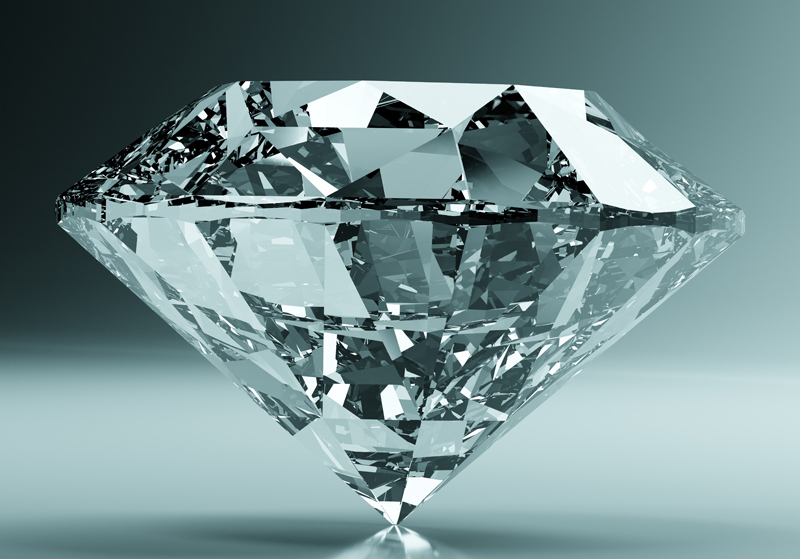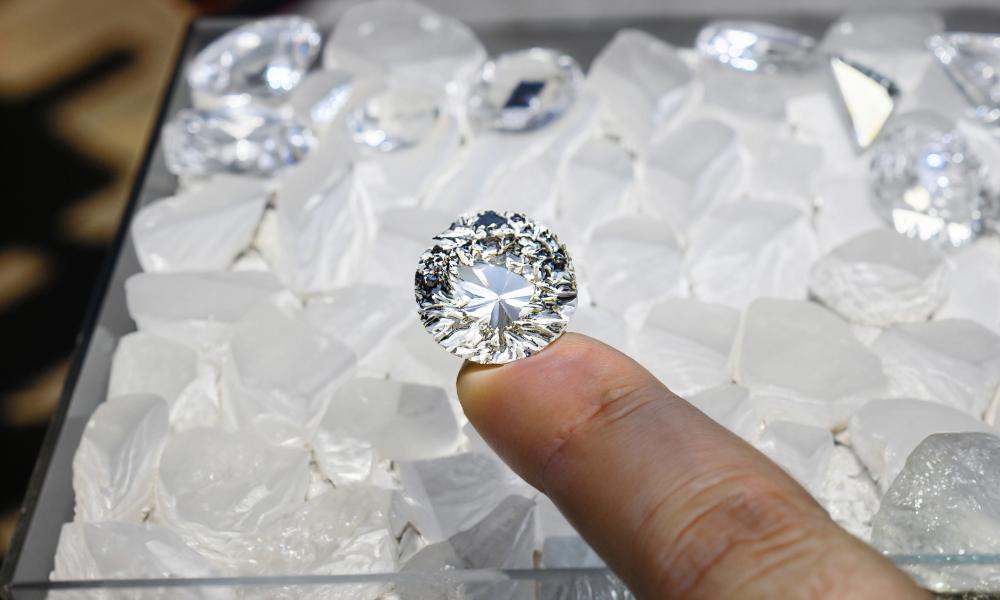When considering diamonds, the perception of rarity often influences purchasing decisions. However, the truth about mined diamonds and their rarity might surprise you. This article delves into why mined diamonds are not rare, exploring the factors that shape their market presence and availability.
The Reality Behind Mined Diamonds’ Rarity
Contrary to popular belief, mined diamonds are not rare. The diamond industry has long perpetuated the myth of rarity to drive prices up and create a sense of exclusivity. In reality, diamonds are found in significant quantities around the world. The controlled supply managed by major companies like De Beers has historically maintained high prices by restricting the market.
How Market Control Affects Diamond Perception
The perception that mined diamonds are not rare is largely due to market control by key players in the diamond industry. By monopolizing the supply chain and regulating the distribution, these companies create an illusion of scarcity. This strategy has successfully kept diamond prices high and maintained their allure as luxury items.
The True Abundance of Mined Diamonds
Studies and reports reveal that mined diamonds are not rare in terms of their natural occurrence. Significant deposits exist in various regions, including Africa, Russia, and Canada. The abundance of these deposits suggests that diamonds are more common than the industry narrative implies. This abundance contrasts sharply with the inflated prices consumers often encounter.
The Impact of Mining Practices on Diamond Prices
The mining practices used to extract diamonds also contribute to the misconception of rarity. While the extraction process is labor-intensive and costly, it does not necessarily reflect the rarity of the diamonds themselves. The high cost of mining is a factor that adds to the price of diamonds, but it does not equate to their natural scarcity. Thus, mined diamonds are not rare from a geological perspective.
Comparing Mined Diamonds to Lab Grown Diamonds
When comparing mined diamonds to lab grown diamonds, the disparity in rarity becomes more apparent. Lab grown diamonds, created in controlled environments, are not subject to the same market manipulation as mined diamonds. The availability of lab diamonds directly reflects their true abundance, further emphasizing that mined diamonds are not rare.
Economic Factors Influencing Diamond Pricing
Economic factors play a significant role in why mined diamonds are not rare. The diamond industry’s pricing strategy is influenced by supply and demand, marketing, and economic conditions. By controlling the supply and creating artificial scarcity, the industry ensures high prices despite the actual abundance of diamonds. This manipulation affects consumer perceptions and market dynamics.
The Role of Diamond Marketing in Perception
Marketing strategies have a profound impact on the perception that mined diamonds are not rare. The diamond industry has invested heavily in creating a romanticized image of diamonds as precious and rare gemstones. This marketing approach effectively shapes consumer beliefs and justifies higher prices, even though the reality is that diamonds are more common than the image suggests.
The Future of Diamond Pricing and Rarity
Looking ahead, the narrative around diamond rarity may shift as consumers become more informed about the true nature of mined diamonds. With the rise of lab grown diamonds and increased transparency in the industry, there may be a greater understanding of the actual abundance of diamonds. This shift could lead to changes in pricing and market practices, reflecting a more accurate picture of diamond rarity.
Final Thoughts on Diamond Rarity
In conclusion, the belief that mined diamonds are not rare is rooted in industry practices and market manipulation rather than geological facts. While diamonds are marketed as exclusive and scarce, the reality is that they are relatively abundant. Understanding this dynamic can help consumers make more informed decisions and appreciate the true nature of diamonds in the market.










